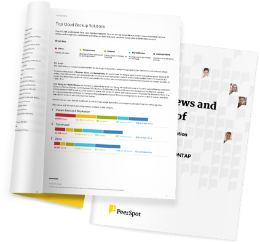Amazon EMR has multiple connectors that can connect to various data sources. The service charges are based on processing only, depending on the resources used, which can help save money. It is easy to integrate with other services for storage, allowing data to be shifted to cheaper storage based on usage.





